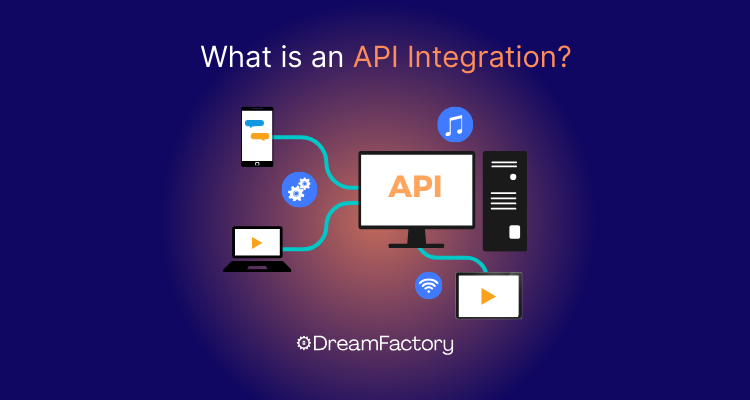Blitz News Digest
Stay updated with the latest trends and insights.
API Integration: The Unsung Hero of Modern Tech
Discover why API integration is the secret weapon driving innovation in tech. Unlock its potential for your projects today!
Understanding API Integration: How It Powers Today's Digital Landscape
Understanding API Integration is crucial for anyone navigating today's digital landscape. APIs, or Application Programming Interfaces, serve as the backbone of modern software solutions, enabling different applications to communicate seamlessly. This integration empowers businesses to leverage third-party services, streamline operations, and enhance user experiences. For instance, social media platforms utilize APIs to allow users to share content across different channels, showcasing how integration can create a cohesive digital ecosystem.
Moreover, the rise of API integration has led to increased efficiency and flexibility in application development. Companies can focus on their core products while utilizing APIs to access functionalities like payment processing, data analytics, and customer relationship management. As we move deeper into the era of digital transformation, understanding and implementing effective API strategies will be paramount for businesses striving to stay competitive. In conclusion, API integration not only powers innovation but also shapes the future of technology and its impact on our daily lives.

Common Challenges in API Integration and How to Overcome Them
One of the common challenges in API integration is dealing with different formats and protocols. APIs may use varying data formats such as JSON, XML, or Protocol Buffers, making it difficult for developers to create a seamless connection. Additionally, inconsistencies in authentication methods, such as OAuth or API keys, can further complicate the integration process. To overcome these hurdles, it’s essential to standardize formats within your organization where possible and leverage middleware solutions that can bridge these gaps.
An equally significant challenge is managing error handling and monitoring. When APIs fail or return unexpected results, it can disrupt workflows and affect user experience. To mitigate these risks, implement robust logging and monitoring mechanisms that can quickly identify and notify teams of any issues. Furthermore, creating a thorough error handling strategy that includes clear guidelines on how to react to common API errors can greatly enhance the reliability of the integration.
API Integration 101: Why It's Essential for Your Business Growth
In today's rapidly evolving digital landscape, API integration has emerged as a vital strategy for businesses aiming to enhance their operational efficiency and improve customer experience. By enabling different software applications to communicate and share data seamlessly, APIs (Application Programming Interfaces) allow businesses to streamline processes, reduce manual tasks, and foster innovation. As a result, companies can respond more quickly to market changes, thereby gaining a competitive edge. Furthermore, adopting effective API integration can lead to improved data analytics, allowing for better decision-making and strategy formulation.
Moreover, API integration opens up a world of opportunities for growth and scalability. By leveraging third-party applications and services, businesses can expand their functionalities without the need for extensive in-house development. This can include everything from integrating payment processing systems to connecting with customer relationship management (CRM) platforms. The benefits of such integrations can be extensive, including:
- Enhanced user experience through streamlined interactions.
- Increased efficiency by automating routine tasks.
- Access to a wider range of tools and services for improved business operations.
Ultimately, investing in API integration is not just a technical choice; it is a strategic decision that can significantly contribute to your business's growth and adaptability in an ever-changing market.